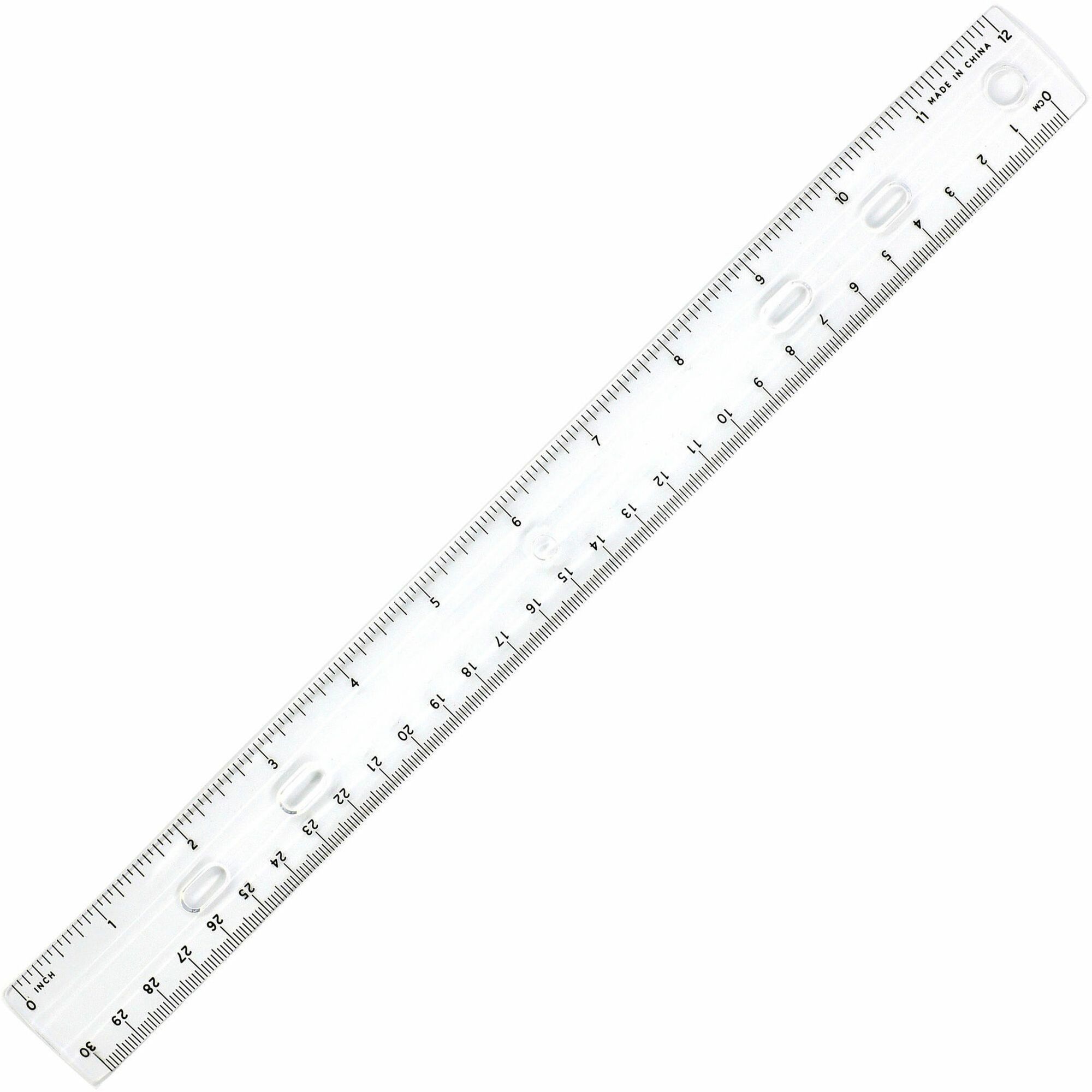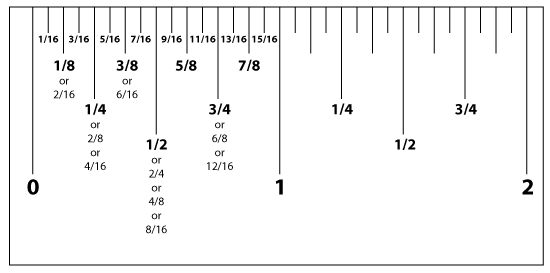

According to David Smith’s iOS stats, 57% of all iPhone users rely on 4.7-inch displays, introduced in the iPhone 6/6s and subsequently used in the iPhone 7 and even the recently launched iPhone 8. That sounds great, but we still haven’t chosen the size we’ll use to create our design. Note: Since version 44, the Sketch team has dramatically improved resizing controls, giving users more power and control over how the layers should behave when their parent is resized.
#XSCOPE CREATING MORE THAN ONE RULER HOW TO#
The designer merely needs to set the desired auto layout, export to different screen sizes with a click, and the developer will understand how to place layout constraints and make sure everything looks good, whether on an iPhone X or the good old iPhone 5. Luckily, there is no need to write down specs for each one, as the Auto Layout plugin for Sketch will take care of that. The only real question here is: How should the designer share information on adapting designs for different displays with the developer? If need be, you can create different layout variations for different Size Classes. Thanks to Auto Layout, it will be seamlessly adapted to other display sizes. Nowadays, we have iOS devices with different screen sizes and aspect ratios and we need to choose one size to create our design. While Adobe XD is an up-and-coming alternative, it lags behind Sketch in terms of popularity. I think I’m accurate in saying that Sketch has become the de facto standard for web and mobile UI/UX designers. Pixel-perfect applications obviously start off as pixel-perfect designs, and we all know where these come from nowadays. This quick iOS UI design guide will take you through the process from the basic design stage to implementation, from a designer’s and developer’s perspective. It may help differentiate your app and make it more visible, and thus more profitable. With non-pixel-perfect apps, users aren’t likely to experience any significant issues that will prevent them from using and enjoying the app, but pixel-perfect apps definitely look sharper, cleaner, and more consistent.ĭue to the highly competitive nature of Apple’s App Store, every bit of polish that improves the overall appearance and user experience is welcome.
#XSCOPE CREATING MORE THAN ONE RULER PROFESSIONAL#
It is the developer’s professional duty to respect the designer’s work and implement the interface exactly as delivered. UI designers do their best to create interfaces that are easy to perceive and interact with. Once the design is implemented, it looks identical on any iPhone display with no artifacts or issues of any kind.Ĭreating a pixel-perfect iOS app UI means you are creating a design with pixels in mind and implementing the exact same design on the screen, down to every pixel on the referenced design, all while making sure it’s responsively adapted to other devices.


Since there is no clear definition of pixel perfection, my understanding of the pixel-perfect design concept is that everything is done to maximize sharpness and fidelity.


 0 kommentar(er)
0 kommentar(er)
